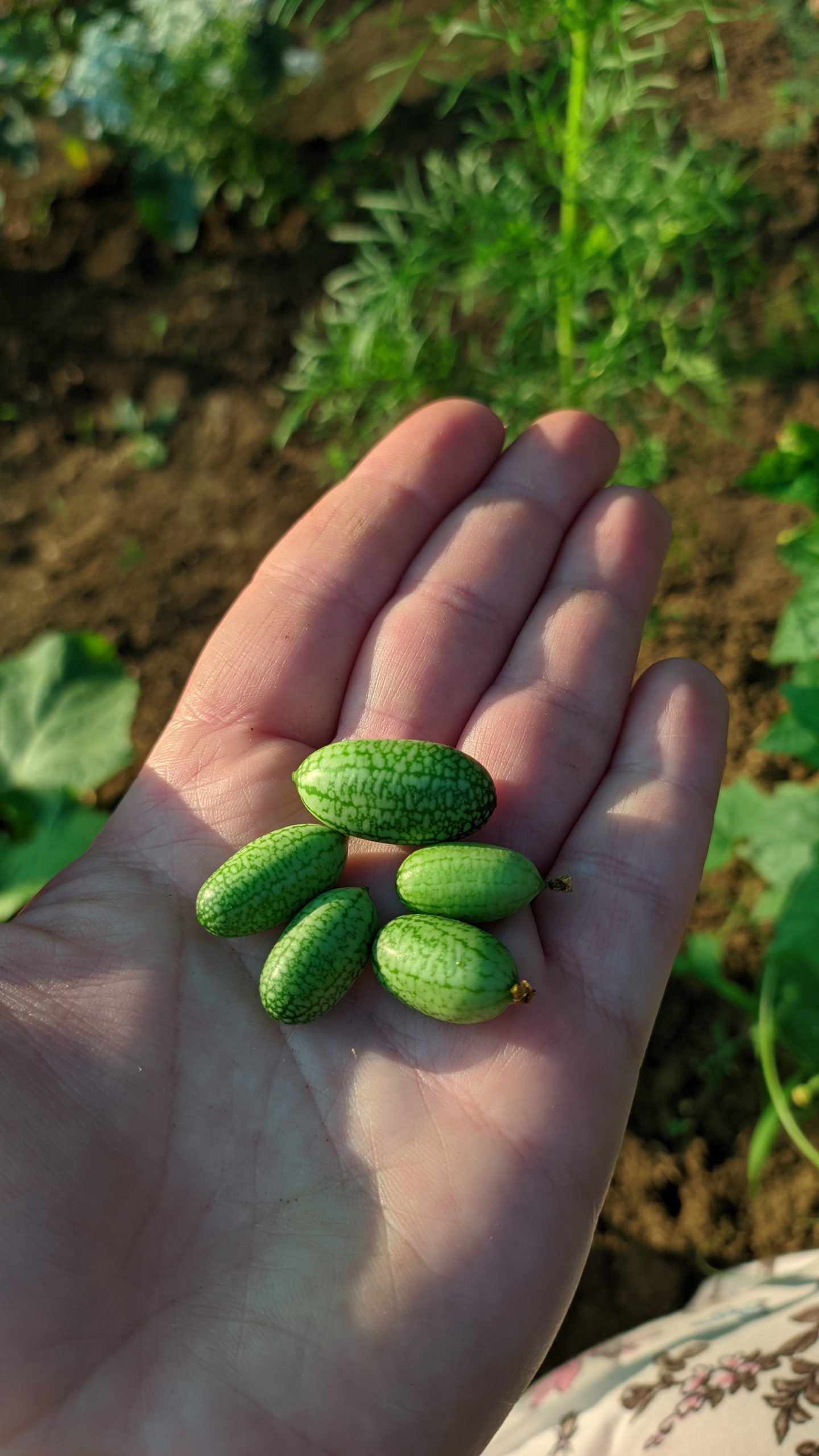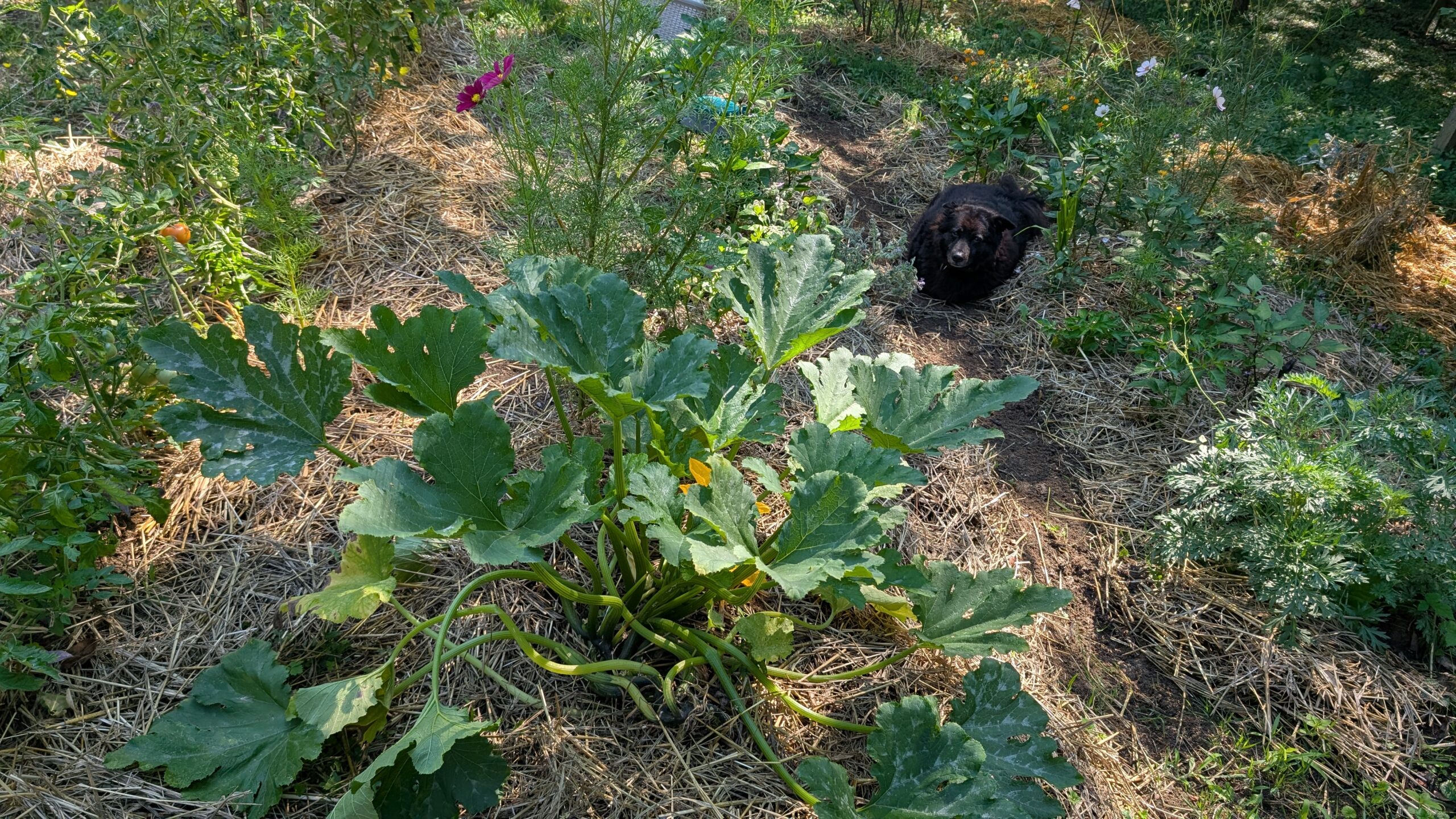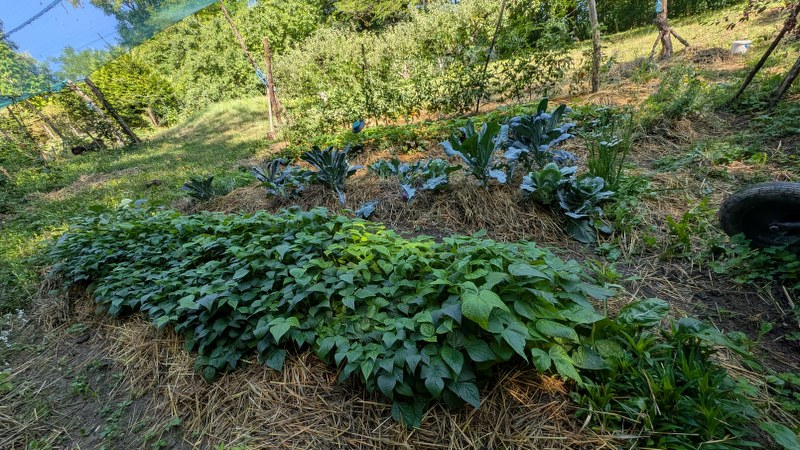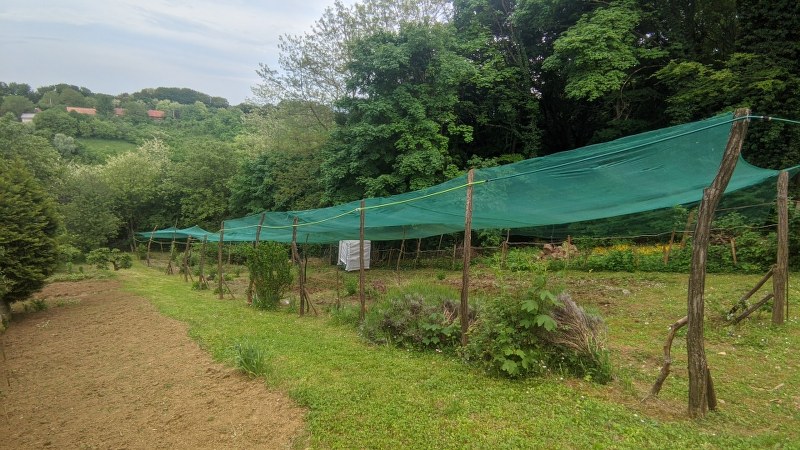Many gardeners like to try something new in their gardens. In search of new plants, we often grow exotic plants and veggies. Some we like and others grow only one season. Cucamelon, a Mexican miniature watermelon, is one of those plants.
What is cucamelon?
Cucamelon (Melothria scabra) is a flowering vine from Mexico. Although it looks like small watermelons, it is actually a part of the squash family(Cucurbitaceae). This perennial plant is usually grown annually for its unique-looking little fruits, which although look like watermelons, taste a lot like small sour cucumbers. This vine won’t grow too tall, it will reach only up to 150cm(4.9ft), but it will spread up to 3m(10ft) wide.

The plant has fairly small ivy-like leaves, which are very delicate to touch and covered in tiny hairs. Vines are delicate and brittle, with curly tendrils. The flowers are yellow and really really small. They are so small that they are hard to spot. Flowers have both male and female parts.

Growing cucamelons
Cucamelons are an easy crop to grow. Although they might be exotic, they grow the same way as cucumbers and require the same conditions. The cucamelon is usually grown as annuals, but with proper care, it can be grown as a perennial. The only big enemy for the cucamelons is frost, which kills them immediately.
Sowing
Cucamelons can be sown directly after the frost period is over or started indoors at least 4-5 weeks before the last frost date. The plant needs 60-80 days before it starts giving fruits, so starting them indoors is a good way to make it produce fruits earlier. Cucamelons can be sown to small trays and transplanted later, or grown in yogurt cups and transplanted directly to the garden.
When sown outdoors, we need to be certain that the frost period is over, and that the night temperature is at least 10°C(50°F). Cucamelons need at least 22°C(71°F) and 10-14 days to germinate, so starting them directly in the garden can be difficult, especially if the nights are too cool.
Transplanting
Cucamelons, like the whole squash family, are heat-loving plants that can’t survive frost temperatures. This is why if grown indoors, they shouldn’t be transplanted until the last frost day. Even the short frost periods will be deadly for this vine, especially when the plant is still young. Luckily cucamelons don’t mid-transplant, especially if they are transplanted together with the soil in which they grew. They will adapt to the new conditions easily and will start growing almost immediately.
Care
Cucamelon care is the same as cucumber care. They like a lot of sun and at least 6 hours of full sun. They will thrive in the sun-directed gardens, but still, in the very hot climate, they will prefer to grow with some shade. Croatian summers are hot, and I’ve noticed that they grow excellently until the temperatures reach over 35°C(95°F). Once the temperatures go over 35°C, they will stop flowering, but as soon as the temperatures drop, they will start producing again.

They love water but don’t like the soil to be muddy or too wet. Just like cucumbers, they will benefit from daily watering, but watering needs to be done in the evening and only on the soil. Watering the leaves can lead to diseases.
Fertilization should be done regularly to encourage the plant to produce more fruits. The cucamelons are like rich compost but can be grown in any soil type. My garden is heavy clay, and cucamelons grow normally in this soil. I fertilize them with organic pelleted fertilizers once a month. The plant doesn’t care about the clay, as long as the soil is not too wet, which in our summer rarely happens.
Another thing that I should mention is that although the cucamelons can be grown in the soil, it is easier to grow them in pots. The garden-grown cucamelons can be difficult to harvest, especially for people with back problems. A plant, although a vine, likes to stay close to the ground, and there will be a lot of bending if the plant is grown in the garden. I made climbing ropes for my cucamelons, but the storm kicked them to the floor. Now every time I harvest them I end up sitting on the ground to see the fruits better.

The cucamelons can be grown as perennials if they are stored at a controlled temperature during the winter. Trimming the vines, moving the pot to the heated greenhouse or basement, and periodically watering will help the plant survive the winter. As long as it doesn’t freeze, the plant survives.
Harvest
Cucamelons should be harvested every couple of days. Like cucumbers, the small fruits will not stay on the vine for days. They will start growing seeds, and soon the fruit will be only seeds and almost inedible. The best time to harvest cucamelons is when the fruits are smaller than 3cm(1.1in). Bigger fruits will become watery and will lose some of the taste.

The ripe cucamelons are easy to harvest. The vines that hold the fruits are fairly delicate and will snap quite easily, especially if you press them with a long nail. If you don’t have long nails it’s better to harvest them with scissors.
Collecting seeds
Leaving a couple of fruits to overripe will be enough to ensure enough seeds for next year. Once the fruits turn yellow, they can be taken off the vine and taken home. I usually label the fruits that I want to leave for seed collecting, or I accidentally harvest them. Once the fruits are home, take out the pulp and seeds, and leave them in the water for a couple of days. Once the seeds are clean, spread them on tissue paper, and leave them to fully dry. Dry seeds can be stored for next year. I like to pack them in toilet paper or tissue paper and in paper bags to be sure that the seeds aren’t still wet.
Diseases
Although cucamelons are similar in care to cucumbers, they are not as sensitive to diseases as cucumbers. The powdery mildew is a disease that can affect them, but honestly, I never had a case of diseased cucamelons. I have usually sown cucamelons and cucumbers close to each other, and while cucumbers were sick with mildew the cucamelons were completely healthy. I guess in a very humid climate they can get sick easily, but in areas, with hot summer this will not happen often.
What to do with the fruits?
Little cucamelons are real taste bombs. The tasty flesh has a very refreshing sour cucumber taste. The skin is very crunchy. They can stay fresh for days if refrigerated. I keep mine in an open bowl, and they can last up to 14 days without any problems, although they never last so long. We eat them before.
Fruits can be used in salads, cooked in meals, and pickled as food for winter. I usually pickle them together with peppers or cucumbers, since they are quite small, hundreds are needed to fill one jar, but still, even a couple of pickled cucamelons in a jar of peppers are a great surprise. Especially when stored in a jar with chili peppers, the hot cucamelons taste great.

Cucamelons are one of the additional crops in my garden. They don’t bring a huge harvest but are a great addition to the menu. Just a couple of small fruits can brighten the whole plate or give the needed freshness to a dry sandwich.





Leave a Reply